The EV startup is the third automaker to make the switch to Tesla’s North American Charging Standard (NACS), after Ford and GM

Article content
In the EV arms race, it seems that legacy and upstart manufacturers alike are beginning to coalesce around the North American Charging Standard (a.k.a. the “Tesla” plug, or NACS) for juicing its vehicles. Ford was the first to jump ship, followed by General Motors. Now, Rivian is on board, and it is being reported that Hyundai and Stellantis are mulling making the same decision as well.
Advertisement 2
Article content
According to several sources, Rivian – a new(ish) company making an all-electric pickup truck and SUV – has indicated it will adopt the NACS port by 2025, the same calendar year Ford and GM have said they plan to do the same. In even bigger news, there is rumbling that Hyundai, another giant in the EV field, is also considering making the switch to NACS. Alert readers will note that where Hyundai goes, Kia usually follows. Add to the list Stellantis, which told Reuters it “continue[s] to evaluate the NACS standard and look[s] forward to discussing more in the future.”
By the way, the so-called “North American Charging Standard” isn’t technically a standard at all — that’s just the name Musk & Co. decided to call their solution. For something, especially an electrical plug or outlet, to be formally called a standard in the eyes of Very Serious People, it must wade through umpteen different regulatory bodies and tests. This is not to say the Tesla connector is unsafe or ill-conceived (it is arguably superior to other connectors in many ways).
Advertisement 3
Article content
Recommended from Editorial
-
![Tesla to let Ford owners plug into its charger network]()
Tesla to let Ford owners plug into its charger network
-
![Tesla to allow GM EVs to use its proprietary Superchargers]()
Tesla to allow GM EVs to use its proprietary Superchargers
But just going ahead and calling it a “standard” is like inventing a new way to grill burgers in yer backyard and waiting successfully for huge companies like Traeger and Weber to adopt your line of thinking. Or, more apt to the car world, if Irving Oil was in the business of making cars and shaped their filler necks to only accept their branded gas pumps — then waited for Esso and Chevron to change their cars to match. As unlikely as it sounds, this is essentially what has happened with EV charging ports.
When news of Ford and GM adopting NACS surfaced earlier this year, we learned vehicles equipped with the Tesla-style port will apparently have access to the excellent Supercharger network that company built at great expense. Say what you like about Elon Musk (and most of us do), there’s no arguing that Tesla’s charging network is far more robust and reliable than the patchwork menagerie of perpetually broken chargers installed by third parties over the last few years.
Advertisement 4
Article content
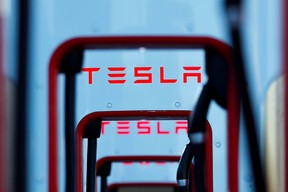
While there was huge incentive to get those chargers up and running, their maintenance has appeared to take a back seat after these companies got the federal funds and made the land grab. They’re all in for a rude awakening if drivers defect en masse to Supercharger stations — even if other ones are retrofitted with NACS plugs, or adapters are included as an interim solution.
Whatever happens, this author is cheering the fact many EV manufacturers are settling on a single style of charging port. It’s a rare instance of companies working together for the greater good (and convenience) of customers, though they’re all surely getting something out of the deal, so it’s not completely altruistic. Tesla is probably raking in some cash, legacy manufacturers are getting access to new tech, and customers are afforded a bit of extra convenience in this rare triple-play of wins.
Stay connected with us on social media platform for instant update click here to join our Twitter, & Facebook
We are now on Telegram. Click here to join our channel (@TechiUpdate) and stay updated with the latest Technology headlines.
For all the latest Automobiles News Click Here

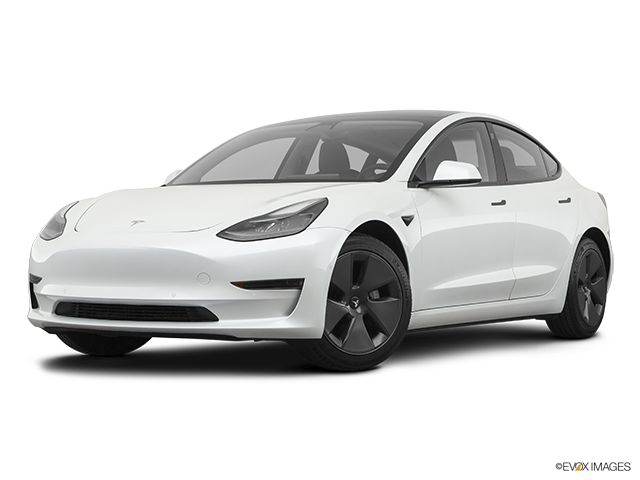
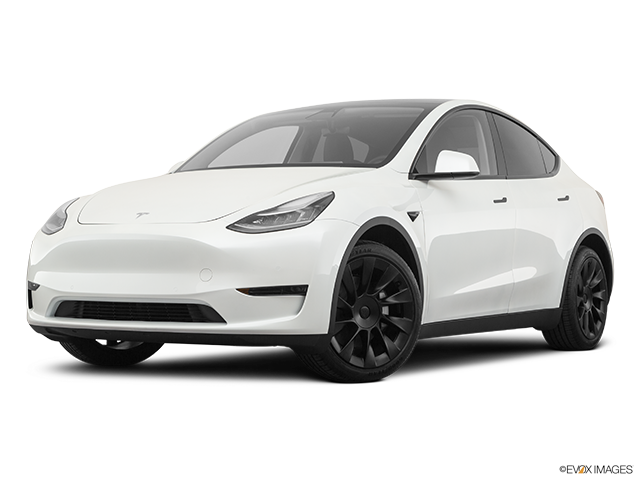

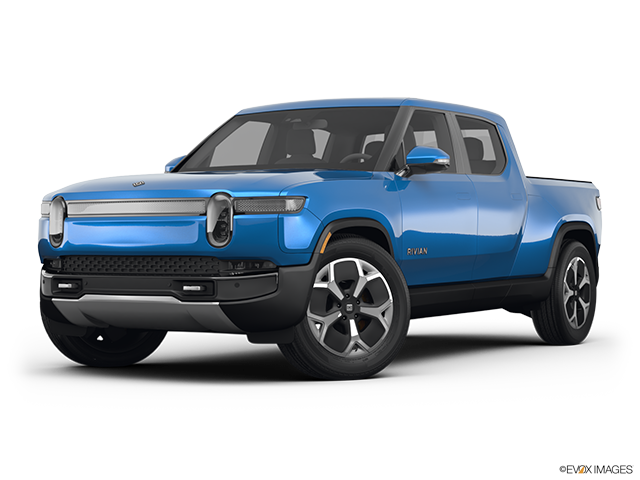
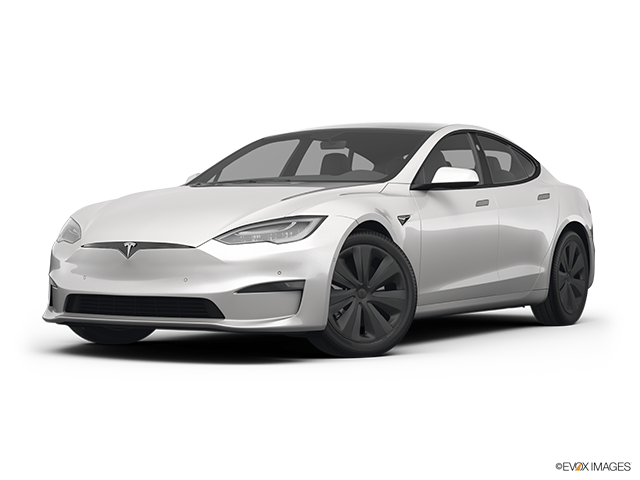



Comments
Postmedia is committed to maintaining a lively but civil forum for discussion and encourage all readers to share their views on our articles. Comments may take up to an hour for moderation before appearing on the site. We ask you to keep your comments relevant and respectful. We have enabled email notifications—you will now receive an email if you receive a reply to your comment, there is an update to a comment thread you follow or if a user you follow comments. Visit our Community Guidelines for more information and details on how to adjust your email settings.
Join the Conversation